Beauty & Endurance: Alternatives to Fast Fashion
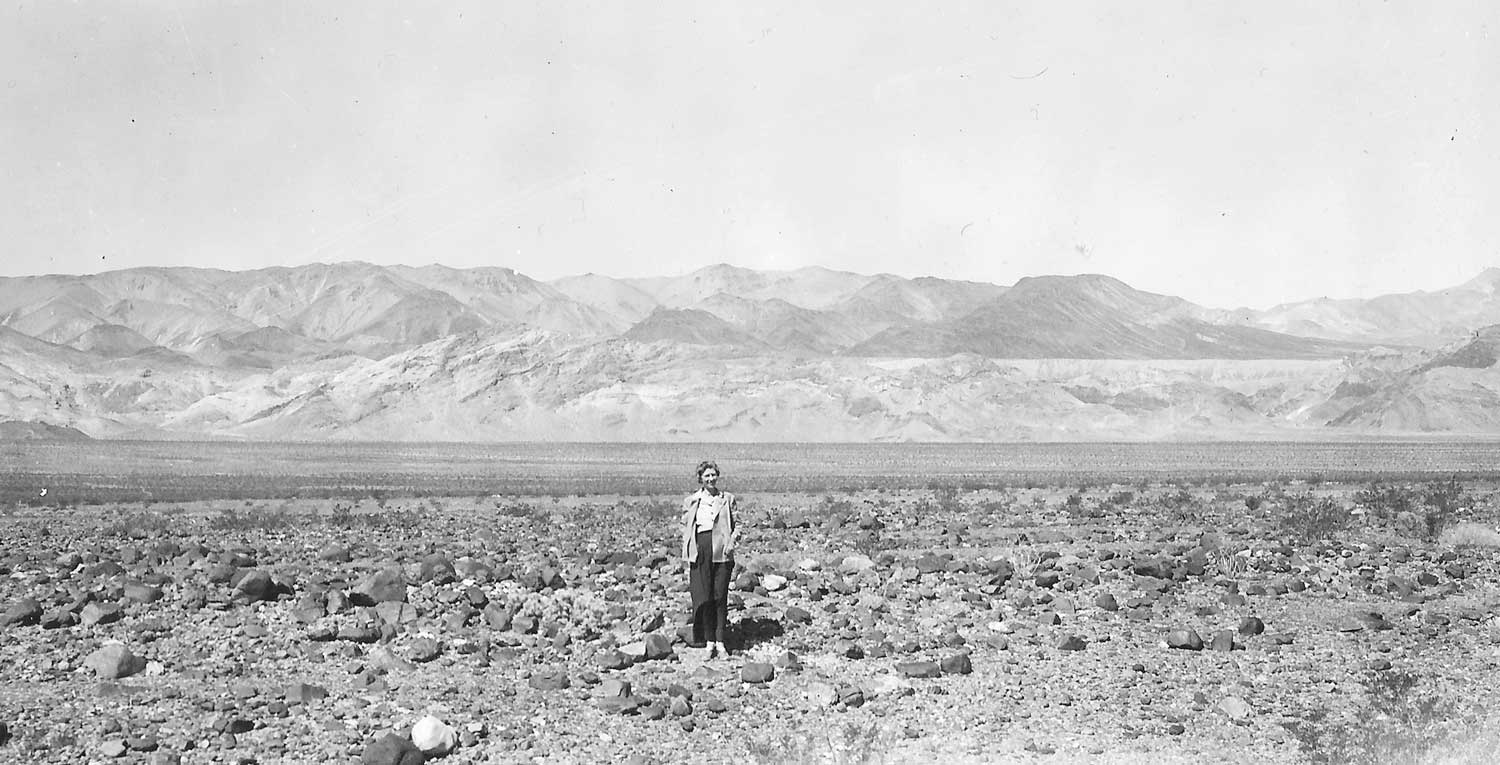
Beauty & Endurance: Alternatives To Fast Fashion
Words and Photography by Madeleine Boga
Everything holds a story. Whether it’s your grandmother sharing her childhood memories, the blooming flower that remembers being a seed, or the wear and tear on your favorite pair of blue jeans.
The earth is stitched with these tales: verbal accounts passed down from one generation to the next along with the hushed wisdom that originates and ends within a single cell. These interwoven histories produce the diverse and intricate patchwork that is our planetary community.

Madeleine’s mother backpacking
Once upon a time we made our own clothes. They were utilitarian, tailored to the individual’s specific needs; mostly they provided a barrier between body and the ravages of the elements. The invention of the sewing machine, first patented in 1846, led to the first surge in the scale of clothing manufacturing, while also pushing down prices.
But even before the 1920s, most clothing in the United States was repaired, mended, tailored to fit other family members, or recycled within the home as rags or quilts. World War II demanded that clothing manufacturers reduce the varieties, sizes, and colors of their productions. Designers were even urged to create styles using less fabric and to avoid needless decoration. This campaign resulted in an approximate 10% reduction in trash production. These restrictions and more functional styles led to an increase in standardized clothing production. After becoming accustomed to such consistency, middle-class consumers remained receptive to the value of purchasing mass-produced clothing after the war.
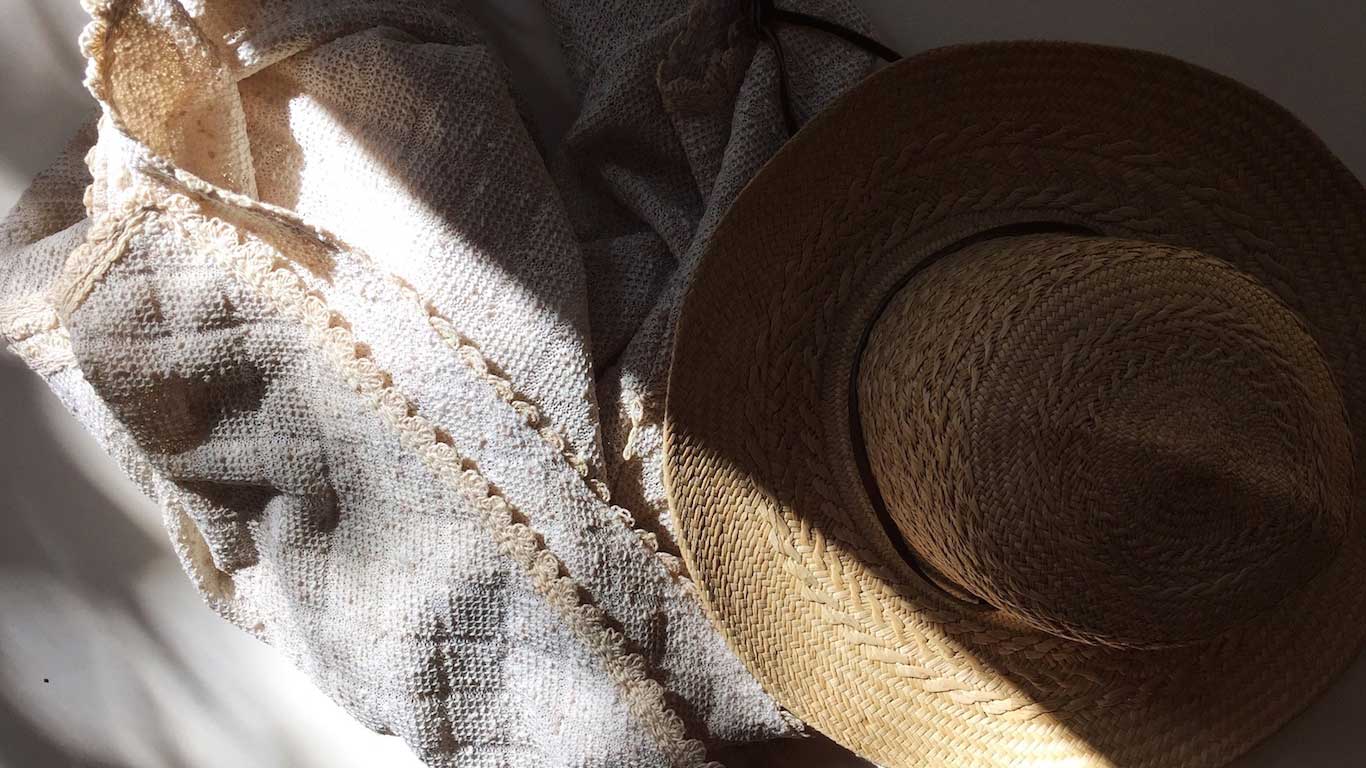
Most of us are aware of the ramifications of eating fast food, but what about fast fashion? Today, it’s a convoluted “chicken and egg” situation: large fast fashion retailers claim they are simply meeting consumer demand for inexpensive goods that are in vogue. We consumers, ever on the lookout for the best deal, purchase these goods, thereby perpetuating these industry standards. Too often, the quality is deplorable, making the clothes essentially disposable. And rather than spending the time and energy to mend and repair, we opt to buy new again because costs are so low.
But do we actually want to keep buying inferior goods that eternally rotate through our lives? Doesn’t it make more sense to invest in higher-quality items that will last a lifetime or longer?
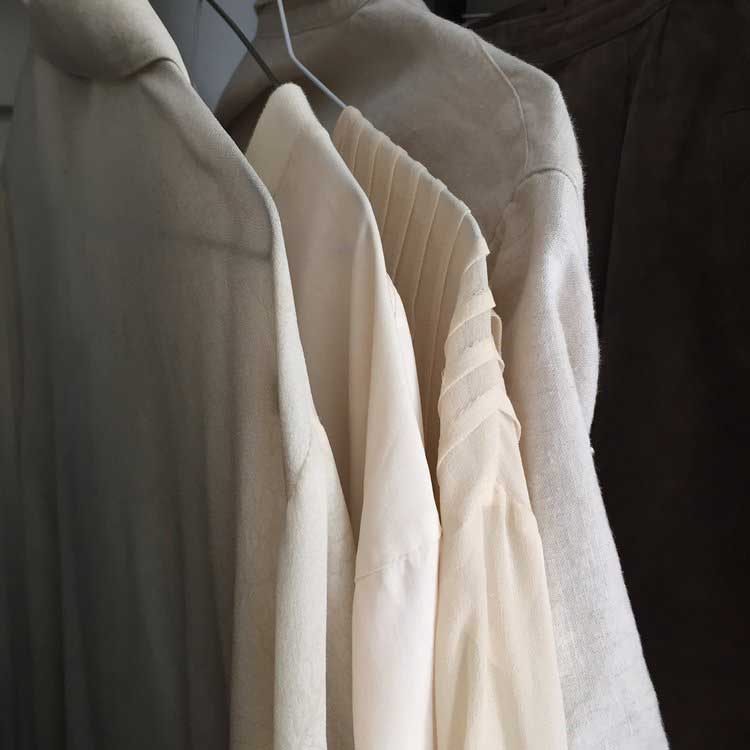
Timeless neutrals
Fast fashion creates an endless cycle of harmful production and waste in the apparel industry. Furthermore, the speed at which manufacturers are pumping out supply to meet the never ending demand for current trends means lower-quality products. Clothes are no longer made with the care and durability that they once were, particularly with the increased appetite for synthetic fabrics. Textile “waste” is so abundant that fast-fashion-gobbling developed countries donate or sell secondhand garments to developing countries. According to the United Nations, the United States is the biggest exporter of used clothes, and the top importing countries of used clothing are India, Russia and Pakistan.
This is where Capsule Wardrobe comes into play. Coined in the 1970’s by London boutique owner, Susie Faux, the idea behind Capsule Wardrobe is to own fewer articles of clothing, only those you love and are versatile enough to mix-and-match in different seasons.
Sounds like a no-brainer. The only snag with this philosophy? Trends. The big purveyors of fast fashion aren’t merely catering to demand and following trends, they’re inventing them. Their messages of what’s “in” right now permeate our lives through advertising and social media, preying on our insecurities and influencing our shopping habits. The messages are constantly changing: yearly, seasonally, weekly, igniting a consumer feeding frenzy that’s especially heightened around the holidays.
After all, no one wants to be deemed “unhip” or “outdated.”

Mount Washington, NH
Let’s weigh the consequences. Here’s some fast facts about fast fashion:
- The average American discards 71 pounds of clothing per year, 85 percent of which ends up in landfill or incinerator. (Source)
- Americans recycle or donate only 15 percent of their used clothing; the rest—10.5 million tons a year—goes into landfills, giving textiles one of the poorest recycling rates of any reusable material. (Source)
- Each step of the clothing life cycle generates potential environmental and occupational hazards. For example, polyester, the most widely used manufactured fiber, is made from petroleum. Demand for man-made fibers, especially polyester, has nearly doubled in the last 15 years, according to the Technical Textile Markets. Manufacturing polyester and other synthetic fabrics is an energy-intensive process, requiring large amounts of crude oil and releasing emissions including volatile organic compounds, particulate matter, and acid gases such as hydrogen chloride, all of which can cause or aggravate respiratory disease. Volatile monomers, solvents, and other by-products of polyester production are emitted in the wastewater from polyester manufacturing plants. The EPA, under the Resource Conservation and Recovery Act, considers many textile manufacturing facilities to be hazardous waste generators. (Source)
- The United States is the world’s largest exporter of cotton. One-quarter of all pesticides used in the United States fall on cotton crops. (Source)

What We Can Do
Choose wisely.
Spending more for better-made clothes will save money in the long run. Plenty of companies and designers, big and small, are making high-quality garments in environmentally conscious ways. Do the research and discover your favorites. Here are a few to start:
Reformation: uses eco and rescued deadstock fabrics as well as repurposed vintage clothing. Tracks the environmental footprint of their garments.
Kindred Black: Luxury lifestyle goods that are eco-responsible, craftsman produced, and ethically manufactured.
Elizabeth Suzann: Thoughtful, well-designed, and long-lasting garments. By creating seasonless pieces that can be worn a myriad of ways, they aim to discourage the disposable view of clothing that has become increasingly pervasive.
Lauren Winter: Heirloom-quality pieces that can be passed on to the next generation. Utilizes durable, natural fibers like hemp, certified organic cotton, silk, and linen that soften with wear while still retaining their shape and structure. Each garment is sewn by a small team of talented makers in Portland.
Artists & Revolutionaries: Size-free, natural fiber clothing, oftentimes deadstock, that complements a variety of shapes and sizes. Designed and produced in New York.
Mend it.
Don’t know how to sew? Watch a YouTube video, take a class, or buy a book. Better yet, ask your mom or grandma to teach you. They’ll love it. Basic repairs, like button reattachment or patching don’t even require sewing machine and can be done by hand. Check out Patagonia’s groundbreaking Worn Wear repair project for some restoration inspiration.
Repurpose or donate it.
If you’re truly ready to rid yourself of a particular garment, whether due to style or functionality, don’t throw it away! Try repurposing it, even if it just means cutting up an old t-shirt to use as rags. Or let someone else breathe new life into it by donating it to a secondhand store or clothing drive.
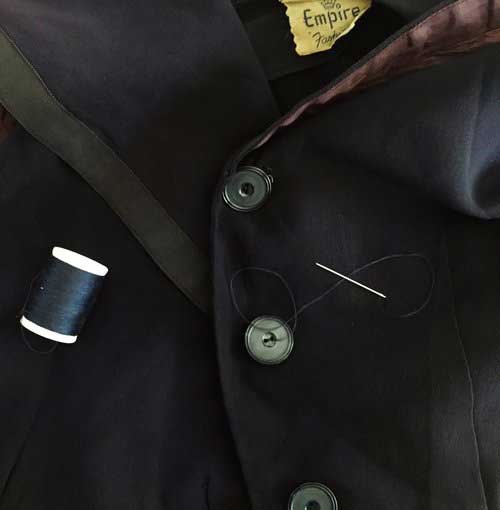
Buy used.
And whenever possible, buy used. There’s so many secondhand shopping options nowadays, from pay-by-the-pound bargain bins to upscale consignment stores to vintage shops on Etsy. You also might consider resale apps, like Vinted, thredUP, and Poshmark, that allow you to sell directly to buyers.
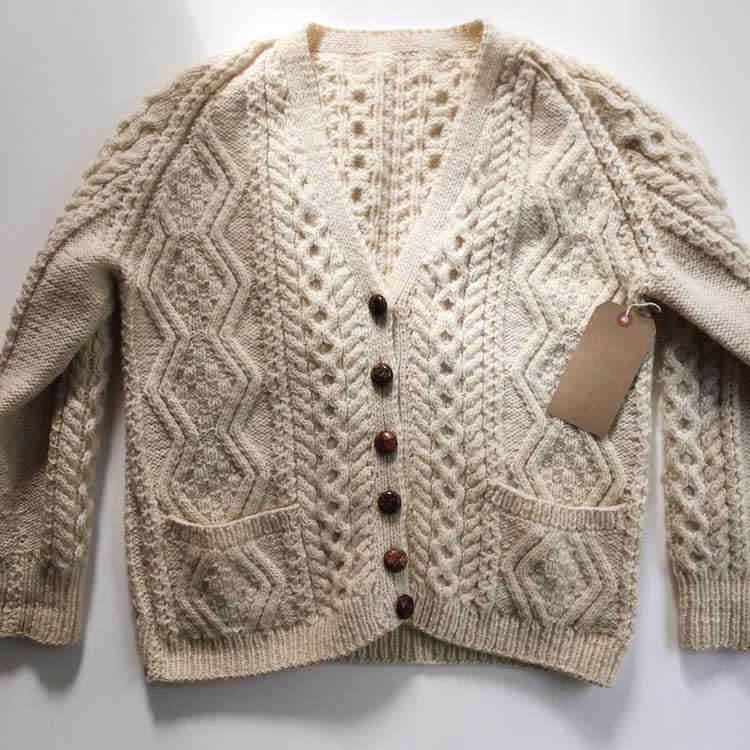
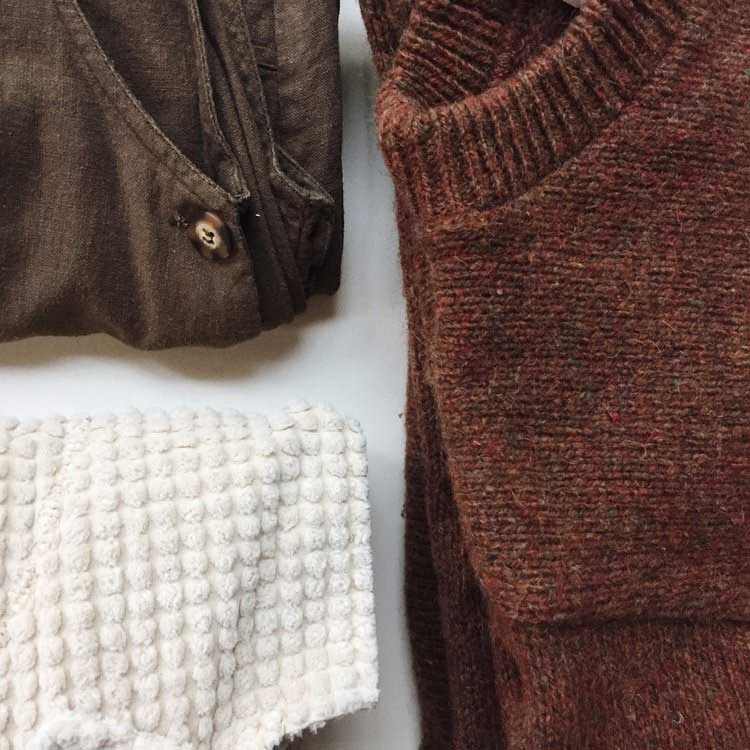
Conscious shopping is an investment in the earth. It’s a protest against a detrimental throwaway culture and a campaign for reliability and reclamation. It’s an endorsement of durable craftsmanship and its elegant timelessness. In repairing and resurrecting garments from the past, we breathe new life into the tried and true. This promotes conservation, while honoring fabled artistry.
Seek beauty. Seek endurance. And may we feel good in and about what we wear.
Photos courtesy of Madeleine Boga
Madeleine Boga is a regular contributor for She Explores. As an Artist, writer, explorer, and vintage shop owner, Madeleine is forever on a treasure hunt. She loves sifting through paper scraps on her studio floor, hunting for a fitting adjective, discovering new trails, and combing thrift stores.
What a great article. I am particularly appalled at the waste statistics. It just doesn’t make any sense to throw away perfectly good clothes, although…I agree….much of what is made today is mass produced cheaply with inferior materials. Recycling sustainable clothing, and focusing on a capsule wardrobe of quality pieces, is a must for any sensible shopper. Thanks for posting!
[…] Waste. It provided insight on food waste and plastic waste in Australia, as well as the impacts of fast fashion and issues with our recycling system. Although we have a long way to go as a country, I’m really […]